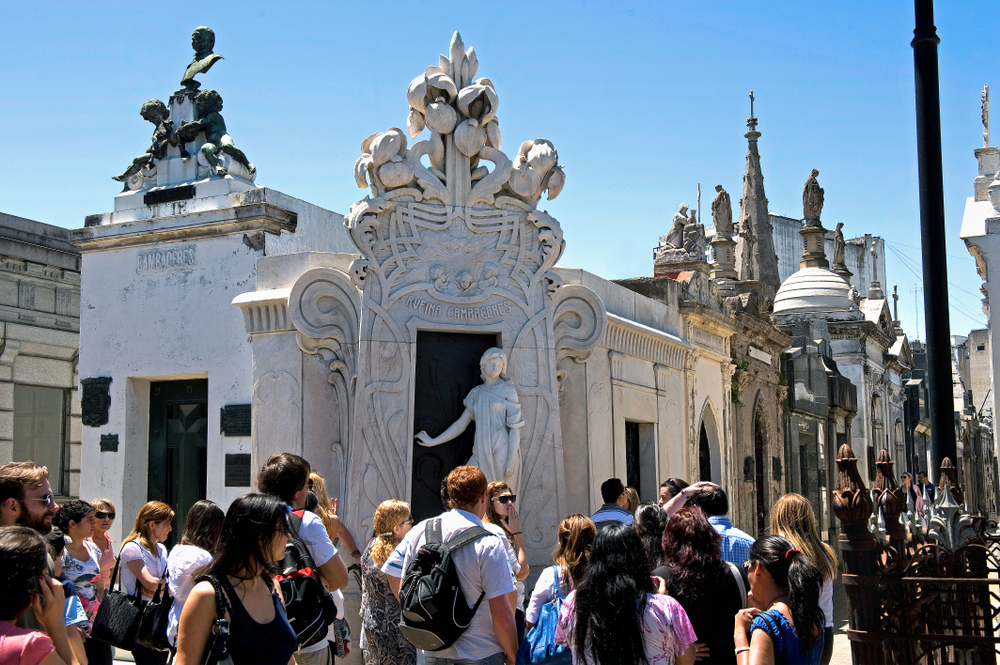Pirates stole, murdered, pillaged, raped, and generally made it terrible for the lives of others who stood in their way. But despite these facts, many books and especially Hollywood has glamorized the “swashbuckler on the high seas.” In this whole process, a lot of fiction has been attached to the pirate mythos.
There are many rumors, take for the case that pirates commonly made people walk the plank simply isn’t true. For starters, we can say that pirates generally weren’t interested in killing; all they were interested in was just the loot.
Pirates used parrots as a source for making money
It was during the 17th century through the early 18th century, which is also called the “Golden Age of Piracy” when pirates sailed for villages and towns for anything to make money. But still, it is possible that they would often make stops in Central America and in the Caribbean islands, where there were large parrot populations. So it might have happened that when their eyes laid on these noisy, colorful birds flying from tree to tree, they might have seen gold bars. The exotic pet trade was massive in Europe, and the well-to-do paid big bucks for a chance to have the most relaxed pet on the block. Additionally, parrots were also used as bribes for government officials as per the records that indicate this theory.
Robert Louis Stevenson freely admitted he took the idea of a parrot on a pirate’s shoulder from the book Robinson Crusoe, which was also a book that wasn’t even about pirates, but rather about a man stranded on a tropical island. Parrots have always been just another way for a pirate to earn a few extra bucks.
Peg legs weren’t common as amputated legs usually meant a quick death
During a battle, pirates would often get hurt, sometimes quite severely. The cook used to be in charge of playing the role of a doctor since real doctors were rarely aboard the ship. This was because they knew how to handle a knife better than anyone. So, of course, due to unsanitary conditions and the patients bleeding out, this led to many deaths. After all, they weren’t well versed in treating bleeding limbs and only knew how to chop.
However, having a peg-leg means getting tossed around, which surely wasn’t a way to make yourself a valuable crew member aboard. So even, just in case they survived the amputation and healed up just fine, it was more of a nightmare for them.
Buried treasure was usually found very quickly without a map
There have not been much evidence regarding this myth but, only three well-documented instances throughout pirating history, where a pirate admitted to burying “treasure.” It is said that in the year 1573, Sir Francis Drake buried some gold and silver after robbing a Spanish mule train, but by the time they came back to get the rest of their plunder, it had already been dug.
With all the facts and figures, we can conclude that myths and stories related to pirates are fictional. The major part is played by Hollywood, and novels have convinced the audience for ages. But now, after reading these facts, we can say that debunking the pirate myths is necessary for the people to stop believing and see the difference between fiction and reality.




